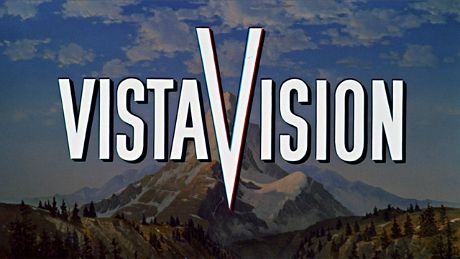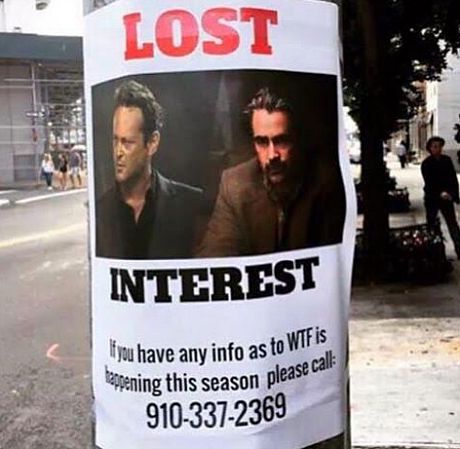In yesterday’s piece about the intention of Universal and Martin Scorsese‘s The Film Foundation to join forces on a 4K “restoration” of One Eyed Jacks, I stated that the only acceptable aspect ratio for the resulting Bluray will be 1.66:1. I explained that 8-perf VistaVision, which was Paramount’s “house” process during the burgeoning widescreen days of the mid 1950s, delivered an in-camera aspect ratio of 1.5:1 but was mastered in 1.66:1 from the mid to late ’50s. Others disagreed, claiming the a.r. should be 1.85. This is pure Furmanek, pure fascist reflex. I will maintain to my dying day that 1.85 is too radical for 1950s and early ’60s films — it chops off too much information.
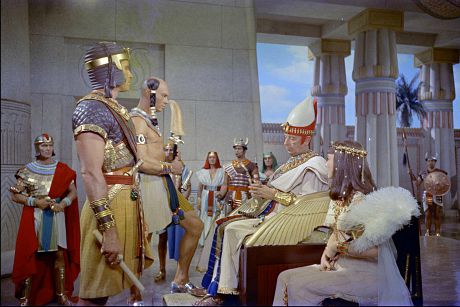
Default full-aperture VistaVision aspect ratio: 1.5:1.
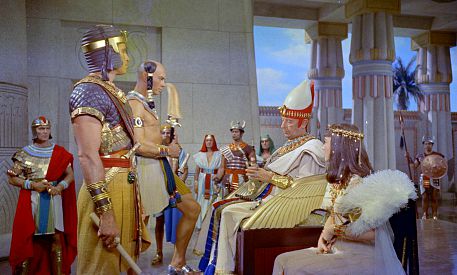
1.66:1.
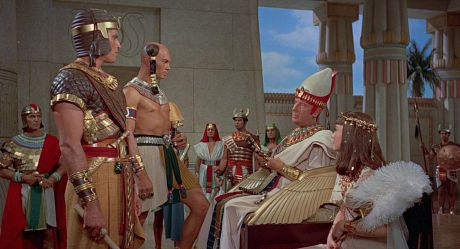
1.85:1.
Above, to prove my point, are three images from Cecil B. DeMille‘s The Ten Commandments, which was shot in VistaVision. The top image shows the full image capture, which is roughly 1.5:1. Notice that Sir Cedric Hardwicke‘s sandaled feet are sitting on top of what looks like a plain wooden box or platform of some kind — obviously not meant to be seen. The second or middle image is a crop I’ve done at an a.r. of 1.66:1. Notice that I’ve gotten rid of the box but with a bit more breathing room above Yul Brynner and Charlton Heston‘s heads. It’s pleasing and airy and not overly cramped. (And without distractions like Hardwicke’s foot rest, most of the 1.66 framings would be much more balanced.) The bottom image, cropped at 1.85, is from the finished film. Notice the lack of breathing room, a cramped feeling. It almost looks like the characters don’t have enough oxygen.
Read more

